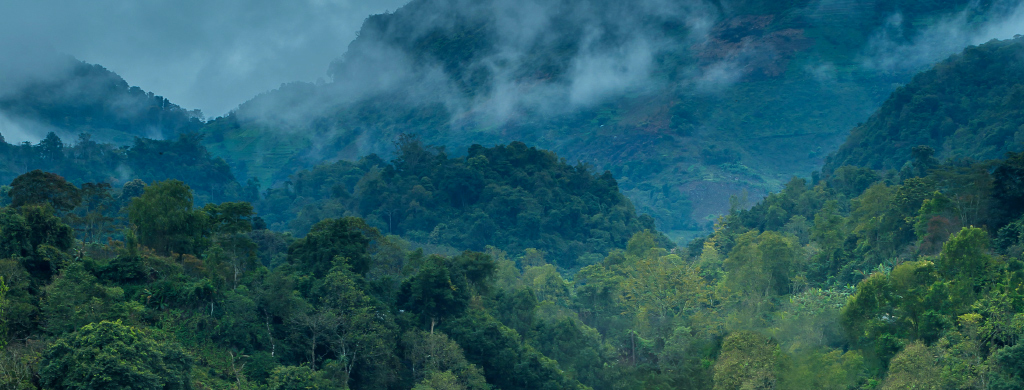In case you haven’t heard, we are totally obsessing over a little gem called Moonlight White – the latest loose leaf tea to join our straight tea collection. We’re over the moon for its smooth and malty liquor, with a warmed cream aroma and sweet honey finish. Sound like your average straight tea? Get your head out of the tea field and take a closer look. It’s actually a white pu’erh. Wondering how that’s even possible? You’d better have a cup of tea by your side, because you’re about to discover just how magical Moonlight White truly is.
Why it’s called Moonlight White
Behind every tea name lies a beautiful story. So how did Moonlight White get its mystical name? Legend has it this tea was first harvested by moonlight in China’s Yunnan Province. The tea buds were plucked and dried in the evenings since the leaves dried slower at night (a chemical reaction known as oxidation). During the oxidation period, the tea leaves were never exposed to the sun because it was believed the light would completely change the flavour and mouthfeel of the tea.
Today, tea producers trek through the region’s foggy mountains to pick the finest buds off ancient tea bushes. The result? A stunning white silvery leaf with a black underbelly, which the Chinese believe mimics the glow of the moon. So dreamy…
The debate: Is it a white tea or a pu’erh?

So is it a white tea or a pu’erh? If we had it our way, we’d put Moonlight White in a category of its own. But to make things simple, we decided to classify it first and foremost as a white tea, since it’s withered and dried as delicately as any white. But because it also carries the secondary characteristics of a pu’erh tea, we often like to refer to it as a “white pu’erh.”
While some cultivators classify it as a white tea, others choose to strictly categorize it as a pu’erh since it’s produced in the Pu’erh City of China. Plus the tea leaves used for Moonlight White are of the large variety (known as the Yunnan big leaf), which is usually associated with pu’erh production.
Whether you call it a white tea or a pu’erh, take one sip of this tea and you’ll be over the moon.
What makes this tea so special?
So what makes Moonlight White one of a kind? It all comes down these four factors:
The region
Most white teas come from Fujian Province in China. But not Moonlight White. This mystical tea hails straight from Pu’erh City in China’s Yunnan Province, a region renowned for its pu’erh teas.
Oxidation level
Our Moonlight White is more heavily oxidized than most of our white teas. This is mainly due to the tea being exposed to oxygen for a longer period of time, resulting in a darker and slightly more robust leaf.
Processing season
Just how rare is this tea? For starters, it’s produced only once a year – in April. Due to this limited processing season, only two to three different grades of this tea are produced per year. So it’s super hard to get your hands on it. Lucky for us, we were quick enough to snatch up a batch. Now you can get in on all the delicious action, too.
The way it’s steeped
Although Moonlight White is processed as a white tea, it steeps just like a black one. How cool is that? The tea leaves are as hearty as a pu’erh’s, meaning they can withstand hotter water temperatures and a longer steeping time. If you want to enjoy Moonlight White at its finest, steep in hot water of about 90-95°C (194-203°F) for 4-7 minutes to help extract all the wonderful flavours and aromas of the tea leaves. You can try to resist, but you know you can’t fight the moonlight!



